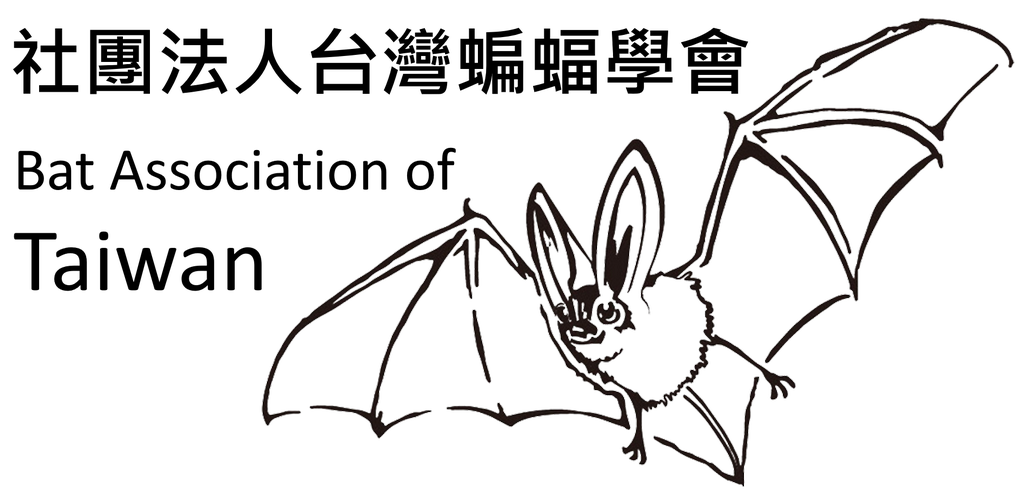蝙蝠研究
2017_利用偽病毒系統以探討蝙蝠冠狀病毒跨物種傳播之機制_王勝緯
出版年份:2017
研究生:王勝緯
分類:碩士論文
題目:利用偽病毒系統以探討蝙蝠冠狀病毒跨物種傳播之機制
Title:Development of Pseudovirus-based Assay to Investigate the Mechanism for Interspecies Transmission of Bat Coronavirus
摘要:
蝙蝠被證實是嚴重急性呼吸道症候群(Sever Acute Respiratory Syndrome-related Coronavirus, SARS-CoV)的自然宿主,並有初步研究也推測中東地區呼吸道症候群冠狀病毒(Middle East Respiratory Syndrome-related Coronavirus, MERS-CoV)與蝙蝠有關。為瞭解蝙蝠冠狀病毒引發人畜共通傳染病的風險,欲利用蝙蝠冠狀病毒對跨物種之細胞做模擬感染。由於病毒培養不易且活病毒實驗有潛在安全防護的考量,本研究建立具有一次感染能力而無複製能力的偽病毒系統進行感染測試。冠狀病毒棘(Spike,S)蛋白在介導病毒進入細胞中佔據重要作用,因此製備膜表面具有蝙蝠冠狀病毒S蛋白的偽病毒顆粒。目前已從在台灣分離到的高頭蝠冠狀病毒(Scotophilus kuhlii coronavirus 512, Sco-CoV)增殖出S蛋白基因全長,並將該基因整合到載體(pEGFP-N3)中,成為帶有綠螢光蛋白基因與Sco-CoV的S基因的重組質體(pEGFP-Sco-S),與輔助包裝質體共同轉染293T細胞以產生偽病毒液,再進行病毒感染試驗與免疫螢光抗體測定Immunofluorescent antibody assay (IFA)。將病毒在穿透式電子顯微鏡Transmission electron microscopy (TEM)下直接檢測偽病毒顆粒的形成。結果表示偽病毒可以進行細胞感染且在感染後皆有表現病毒螢光及免疫反應。實驗證實我們利用偽病毒系統建立了一個可以模擬Sco-CoV感染能力的病毒模型。
Abstract:
Bats have been proven to be the natural host of severe acute respiratory syndrome (SARS). The preliminary study suggests that Middle-East respiratory syndrome coronavirus (MERS-CoV) is associated with bats. In order to understand the zoonotic risk of bat CoVs, infection studies of bat CoV on cells of different animal species are required. However, bat CoVs are difficult to grow in cell culture system and the experiments using live viruses have biosafety risks. Therefore, this study aims to establish a pseudovirus system that can infect susceptible cells once but have no ability to replicate in the infected cells. By inserting the spike (S) gene of bat CoV into lentivirus-based pseudovirus system, bat CoV pseudovirus can be produced for the infection studies on different cells because S protein determines whether CoV can infect susceptible cells. The full length of S gene amplified from the cDNA of Scotophilus bat CoV 512 strain CYCU-S1/2013 isolated in Taiwan has been cloned into pEGFP-N3 as pEGFP-Sco-S. Pseudovirus expressing S protein of Scotophilus bat CoV 512 and green fluorescent protein (GFP) were produced after co-transfection of pEGFP-N3-Sco-S, packaging plasmid. The production of Scotophilus bat CoV pseudovirus was confirmed by virus infection test on 293T cells and immunofluorescent antibody assay(IFA) against GFP and p24 protein of lentivirus. The Scotophilus bat CoV pseudovirus-infected 293T cells expressed red fluorescence and were tested positive for p24 capsid protein of lentivirus. The morphology of pseudovirus will be examined by Transmission electron microscopy (TEM). The results showed that lentivirus-based pseudovirus system can produce Scotophilus bat CoV pseudovirus for further infection studies on cells of different animal species to understand the cross-species transmission of bat CoV.
